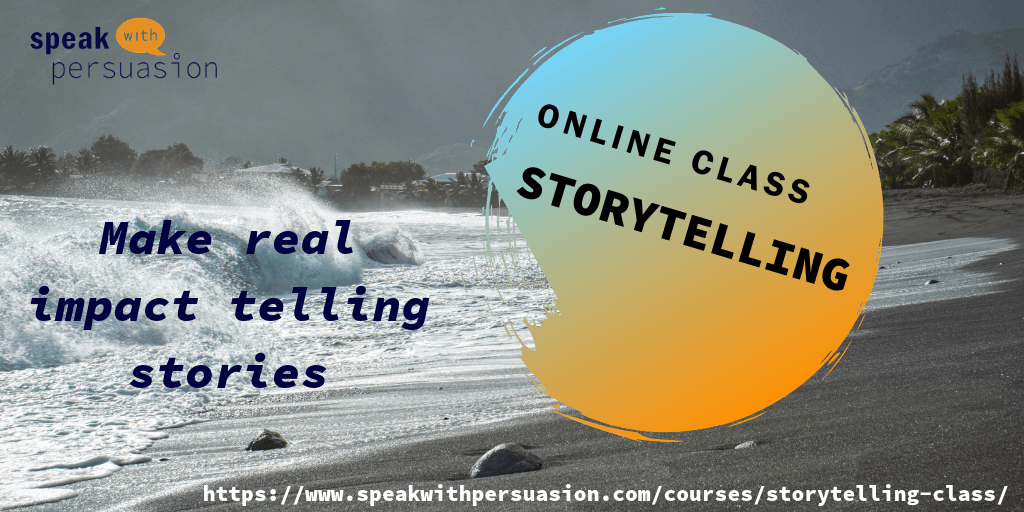Nexus by Yuval Noah Harari: history, algorithms and what we do next
Category:Books,Communication,PersuasionIn the United States we can see, every single day, how algorithms shape what people read, believe and do. None of this is neutral. Platforms look neutral from the outside, but they are steered by people who understand how to work the system. That makes this political as much as technical. If you work in communication, education or policy, this is your world. It already shapes your results, your audiences and your choices.
I do not have all the answers. I do know the pace is picking up. The recent move around Sora, the tool behind AI-made videos and images, now tied to a TikTok-style stream for instant sharing, is another step that compresses creation and distribution into seconds. It makes influence cheaper, faster and harder to spot. That is exciting for creativity. It is also a risk for public life.
Reading Nexus helped me connect those dots. The book is a wide sweep of how information networks grow, how they get captured, and how power follows. From the printing press to mass media to today’s feeds, the pattern repeats. New tools arrive with the promise of access for everyone. Over time, someone learns to control the pipes. The tools change. The logic of control does not.
History as a mirror, not museum
In my own work I have often used history to explain the present. The example I return to most is Dunkirk. Churchill did not change the facts of the battlefield. He changed the story that the public held in their minds. A retreat became a national act of courage and resolve. That story helped shape behaviour at home and in government. It did not take a new device to do that. It took communication.
Nexus treats history this way. Not as a set of dates, but as a map of how stories travel, who owns the routes, and what that ownership does to a society. Totalitarian regimes in the past used the media tools of their day to frame reality and close off doubt. Think of the Soviet Union, then Russia under Putin. The methods were not the same in each period, but the goal was. Control the flow. Control the public mind.
Look at the United States now. The tools are different. The incentives and business models are different. The mechanisms rhyme. Feeds promote some voices and bury others. Outrage spreads further than nuance. It feels like freedom because the choice appears endless. In practice, the choices are shaped by the people who understand the system best.

The paradox we need to face
Technology promises connection and access. At the same time it concentrates power in the hands of the few who can steer it. That is the paradox. Nexus is strong because it shows this pattern over centuries rather than treating it as a brand-new shock. The printing press opened the world and also enabled state and church to scale their reach. Radio connected nations and carried propaganda into every home. Today’s systems let anyone publish, then amplify what the system values most. Speed and scale rise. So does the potential for control.
This does not mean we throw the tools away. It means we learn to use them with clear eyes, and that we design guardrails that match their power.
Why communication is still the strongest lever
I have said this for years and Nexus reinforced it. Communication remains the strongest lever we have. It decides which facts matter, which frames stick, and where people place their trust. That can serve democracy or corrode it. The lever is the same. The hands on the lever change.
Algorithms are not the boss. People who design, aim and exploit them hold the real power. That is why communication expertise matters more, not less. We understand how narratives work, how framing shifts meaning, how context changes reception. If we stand back, others will use the same knowledge without any of the ethics.
What should happen next
I will not pretend to offer a master plan. Here is what I believe is both realistic and urgent.
First, communication professionals need to lead, not follow.
Stop treating AI as a bag of tricks. Treat it as an environment. Set standards for disclosure. Build habits that keep a human in the loop at key moments. One simple pattern I borrow from journalism is human, machine, human. A person defines the brief, the machine drafts or explores, a person checks, edits and owns the outcome.
Second, focus education on impact and habits, not code.
Children do not need to write algorithms. They do need to understand that feeds are curated, that attention is a currency, and that repetition feels like truth even when it is not. Teach them to pause, to check a source, to seek a second view. This belongs in primary and secondary school. Waiting until a university programme is too late.
Third, reshape how we teach communication at higher levels.
Tools training is not enough. Ethics, audience psychology, platform literacy and the politics of information should sit beside craft. If you work in a communication department, make space for live case studies that connect history to the present. Teach the Dunkirk lesson as a way to analyse modern framing. Make students practise disclosure, context and correction, not only copywriting and design.
Fourth, build resilience into organisations.
Slow some things down on purpose. Not every message needs to be optimised for instant engagement. Create internal checks before you publish high-stakes claims. Track how your content spreads and what it omits. Reward clarity and honesty, not only reach.
Fifth, support education with real resources.
I know money is tight. It still needs saying. If we want a public that can spot manipulation and think clearly about what they see, we must fund the places that teach those skills. That includes schools and it includes teacher training. If direct budgets are hard to move, look for partnerships with industry that keep curriculum control in public hands.
Sora and the speed problem
Sora shows how fast creation and distribution are merging. A tool that can produce convincing video and images is now tied to a feed that can spread them in moments. That lowers the barrier to creativity. It also lowers the barrier to narrative manipulation. This is not a future risk. It is here. The right response is not fear. It is skill, standards and education.
If you are a parent, teacher, manager or public official, this is not someone else’s field. It is yours. You do not need the maths. You do need to know what these systems reward, what they hide, and how easily a repeated frame becomes a belief.
Where
Nexus
is strongest
Harari is at his best when he maps how networks of information emerge and then become contested. He ties belief, institutions and tools together in a way that makes sense of the present. He does not treat AI as magic. He treats it as the next chapter in a very old story about power and myth and the human need for meaning. That is why the book lands. It does not just tell you what is new. It shows you what has not changed.
For me, the book also validated a habit I have kept for years. Use history as an active lens. The Dunkirk frame is not a museum piece. It is a method. Ask who is telling the story. Ask what facts are missing. Ask who benefits from this version and what alternative is being kept off the page. Then look at your feed with that habit in mind.
Open questions I am still wrestling with
How much friction should we add to the sharing of synthetic media before we start to hurt the good uses. Where is the line between protective labelling and performative warning labels that no one reads. What do we do about the gap between people who can use these tools well and those who cannot. These are not simple questions and I do not have neat answers. I am convinced they are the right questions.
A word to my peers in communication
We are not just makers of content. We are stewards of attention and understanding. If we get lazy, we help build the next propaganda machine. If we get serious, we can help a public learn to read the world again. Take the lead. Set standards. Share them. Teach them. Hold your own work to them.
At Inholland I see what this looks like up close. Students are eager to use new tools. They also want to do the right thing. Give them both. Teach the craft and the conscience. Do it with real examples. Do it early.
Verdict on the book
Five stars. A must-read. Nexus is not perfect and it does not need to be. It succeeds because it puts our moment in a longer line. It shows how power follows the routes that information travels, and how each new tool repeats the old temptations. It also makes clear that people, not platforms, hold the lever.
AI is already reshaping our lives. The practical question is simple. Will we let these systems push us into the same old mistakes, dressed in modern code. Or will we use the oldest strengths we have, truth told well and education done properly, to pull in a better direction.
If you are a communicator, educator, policymaker or simply curious about how the world works, read Nexus. Then decide what part you will play. Communication is still the most powerful tool we hold. Use it with care. Use it with courage.











